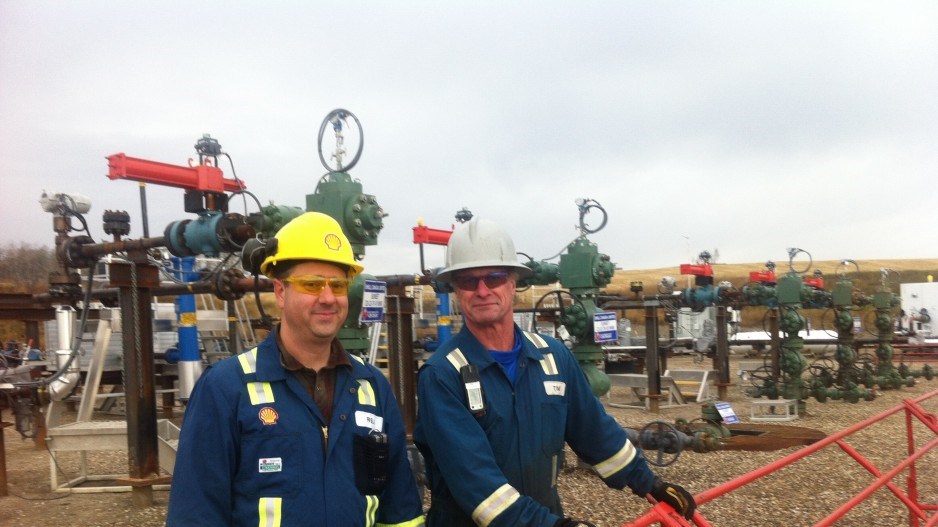A new liquefied natural gas plant proposed for Tacoma, Washington will result in a net reduction of greenhouse gases for Washington State, but only if the natural gas that supplies it comes from B.C.
That’s the recommendation of the Puget Sound Clean Air Agency in a supplemental environmental assessment for the Tacoma Liquefied Natural Gas Facility.
The LNG plant would not be exporting LNG. Rather, the LNG it would produce would be used as an alternative fuel for marine vessels and trucks.
It would also provide backup supplies of natural gas – a need that was dramatically underscored recently with the explosion of an Enbridge natural gas pipeline that has reduced flows of natural gas to both B.C. and Washington State.
Enbridge confirmed today, October 31, that a 36-inch pipeline that was ruptured has been repaired and is now being brought back into service.
Because the LNG that the plant would produce would replace other fuels, like diesel, there would be a net benefit in terms of lower GHGs.
“The use of LNG produced by the Proposed Action, instead of petroleum-based fuels for marine vessels, trucks, and peak shaving is predicted to result in an overall decrease in GHG emissions in the Puget Sound region,” the agency concludes in a report.
“The conclusion regarding the overall reductions in GHG emissions stated above is dependent upon the assumption that the sole source of natural gas supply to the facility is from British Columbia.”
The biggest concern with the project, from a climate change perspective, is upstream emissions from natural gas production. The agency cites tighter controls on upstream emissions in northeastern B.C. for producing gas that has a lower emissions profile than gas produced in the U.S.
A life-cycle analysis suggests that natural gas sourced from the U.S. could have emissions that are five to eight times higher than natural gas from B.C.
“The life-cycle analysis report indicates that GHG emission factors for natural gas production in the United States may be as much as five times higher than those for Canada,” the agency states. It adds that recent research has suggested it may even be as much as eight times higher.
One of the reasons cited for the lower emissions profile is the tighter regulations for drilling and natural gas processing in B.C.
“British Columbia has adopted comprehensive drilling and production regulations that are intended to reduce methane emissions,” the agency states. It adds that new federal regulations are forthcoming as well.
The natural gas for the plant would be transported from B.C. via the Duke Energy Westcoast Pipeline.




